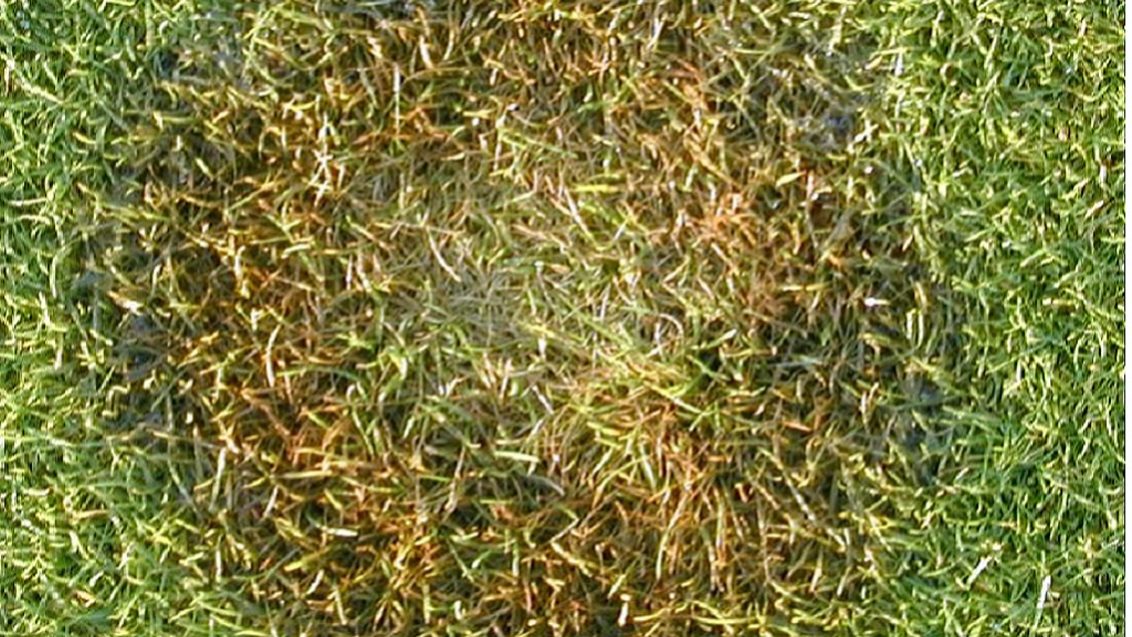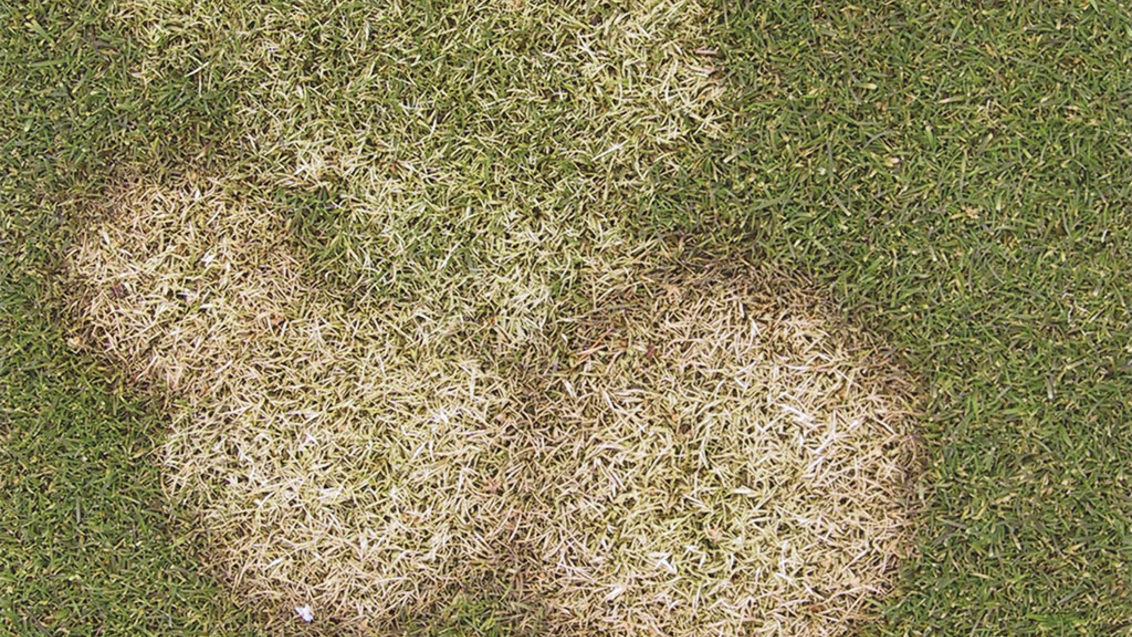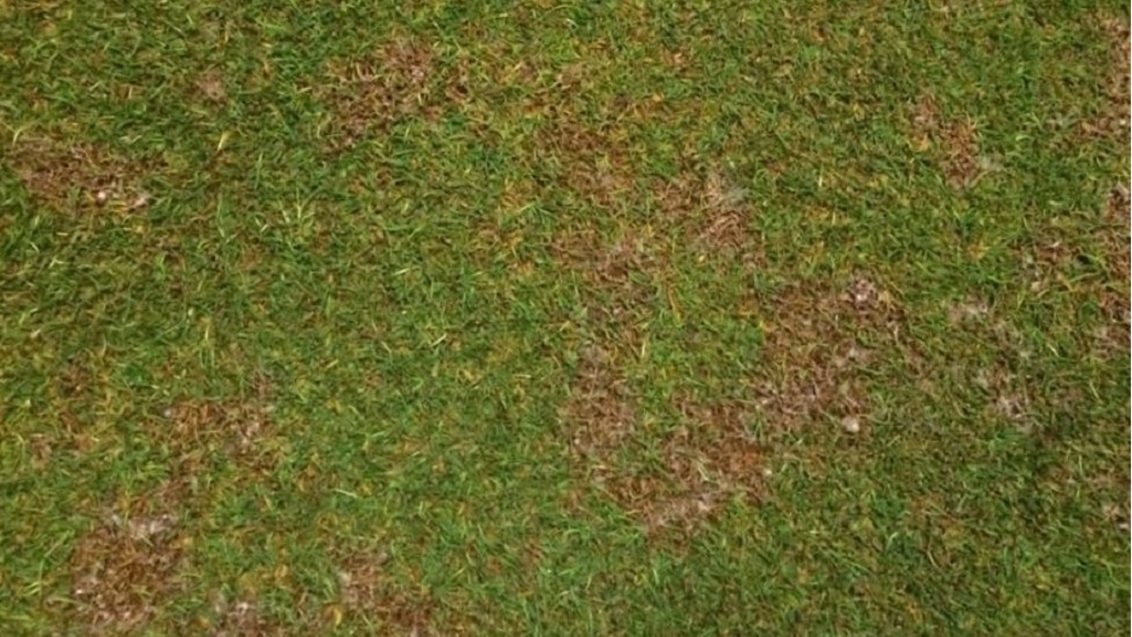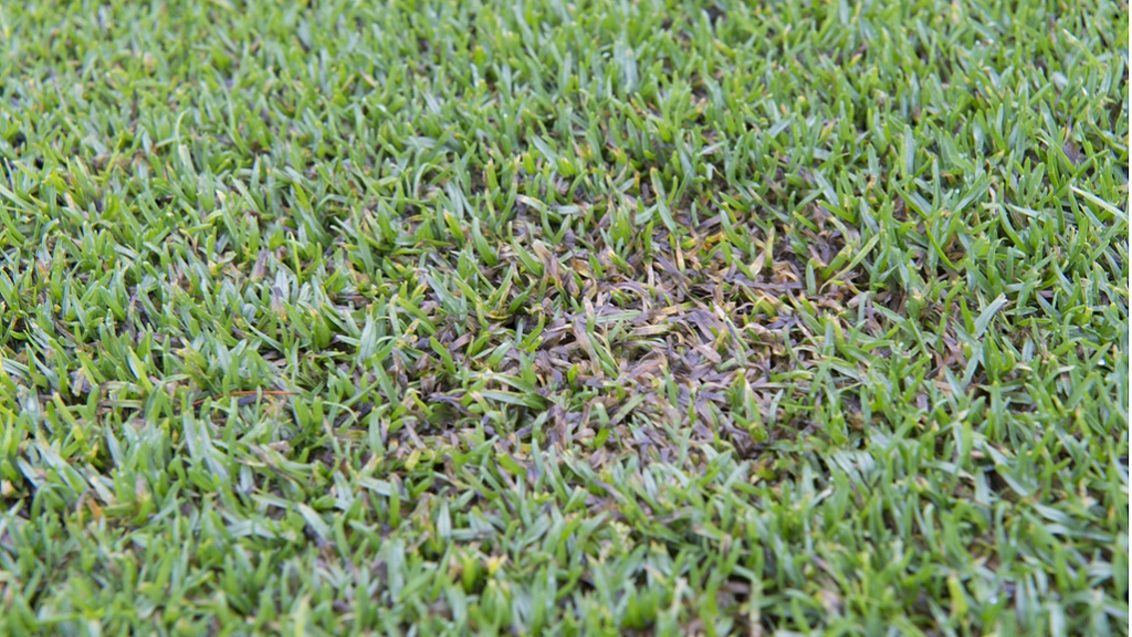Microdochium Patch
Microdochium nivale (Fr.) Samuels and I.C. Hallett
Turf Disease
Susceptible turfgrass: Bluegrass, fescue, bentgrass, couch and perennial ryegrass.
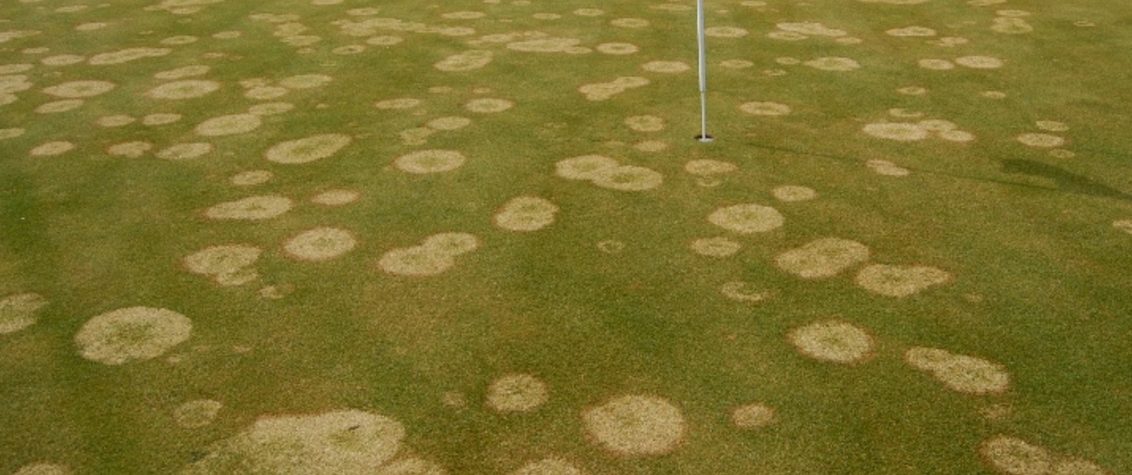
Symptoms
- Early water soaked circular spots (less than 5 cm).
- Colour changes orange brown - reddish brown - light grey or tan (no more than 20cm).
- Closer inspection reveals water soaked dark margins in active spots.
- May be confused with Pythium blight lesions.
- Streaks easily - mower / run-off water.
- Infection will rarely progress to crown or kill plants completely.
- Humid, cool conditions may see the development of white mycelial growth and ultimately pinkish sporodochia.
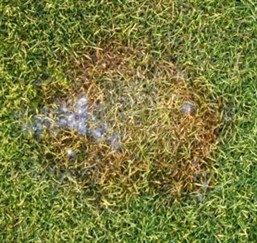
Conditions favouring disease
- 1 - 15ºC with free leaf moisture.
- Disease development speeded up dramatically after initial infection.
- Low humidity & higher temperatures slows development down.
- Most severe on poor drainage areas - higher mowed turf which becomes matted down.
- Disease severity enhanced by deficiencies in potassium and elevated nitrogen levels.
Integrated turf management
- Maintain adequate fertility levels especially potassium.
- Increased N in spring & autumn may aggravate.
- Counter possible factors contributing to slow turf growth.
- Counter possible factors contributing to bad drainage.
Fungicidal control
Banner, Heritage have a label recommendation for Fusarium patch in South Africa.
Parameter | Banner | Heritage |
Mode of action | Systemic | Systemic |
Optimum timing | Begin treatment in May (late autumn / early winter) before disease is present. Treatment throughout the winter (May - August) for temperate regions. | Begin application when conditions are favourable for infection prior to disease symptom development. |
Dose rate | 560g/ha | 560g/ha |
Water volume | 500 to 1000 l/ha | 800 to 1000l/ha |


